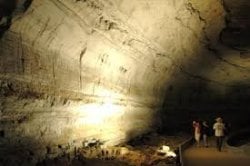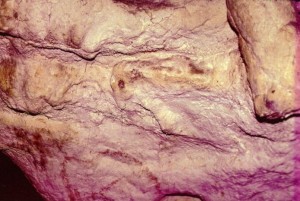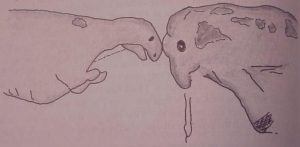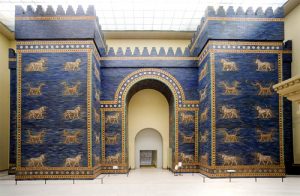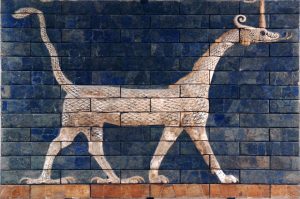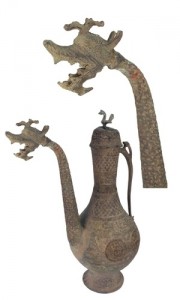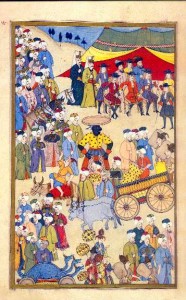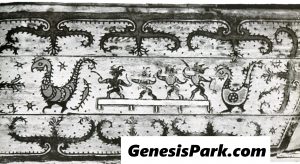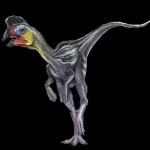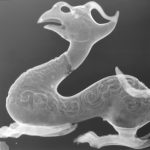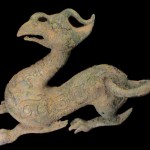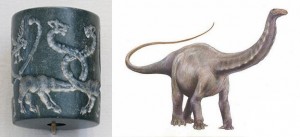Wyatt earp
Diamond Member
- Apr 21, 2012
- 69,975
- 16,396
- 2,180
Mysterious Cherokee tribal writing inside Alabama cave decoded, reveals its secrets
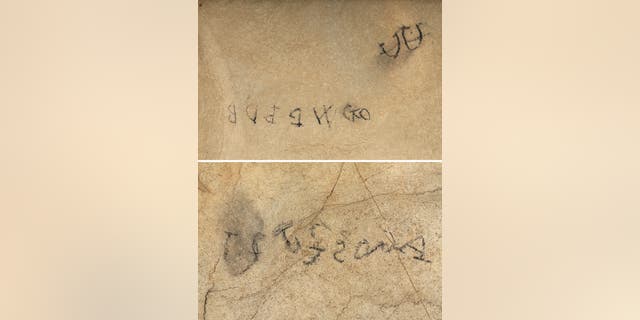
= = = = =

probably the same scientist who predict man made climate change lolololololol
Mysterious Cherokee tribal writing inside Alabama cave decoded, reveals its secrets
.

= = = = =
probably the same scientist who predict man made climate change lolololololol
Mysterious Cherokee tribal writing inside Alabama cave decoded, reveals its secrets
.



